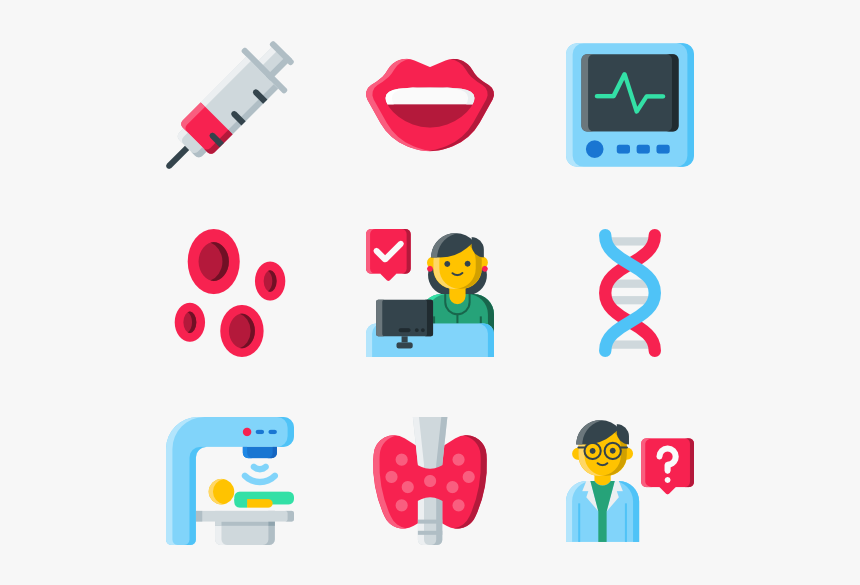Achieving Work-Life Integration: A Values-Based Approach
In contemporary society, characterized by its fast-paced and demanding nature, the pursuit of equilibrium between professional and personal life presents a significant challenge. The conventional notion of work-life balance, implying a strict dichotomy between these spheres, is increasingly being supplanted by the concept of work-life integration. This paradigm shift emphasizes the synergistic blending of professional and personal domains to foster a harmonious and fulfilling existence. This article explores a values-based framework for achieving work-life integration, drawing upon relevant organizational behavior theories and models to provide a practical and academically grounded approach.
Foundational Principles for Work-Life Integration
1. Values Clarification and Alignment: The cornerstone of effective work-life integration is a comprehensive understanding of one's core values. This process, often facilitated through self-reflection exercises or values clarification techniques, involves identifying the principles that guide individual decisions and actions. The subsequent alignment of these values with career choices and lifestyle decisions is crucial for fostering intrinsic motivation and a sense of purpose. This resonates with Self-Determination Theory, which posits that individuals are inherently motivated when their basic psychological needs—autonomy, competence, and relatedness—are met. Aligning one's work with their values directly contributes to fulfilling these needs.
2. Boundary Setting and Time Management: While work-life integration promotes the interweaving of professional and personal spheres, establishing clear boundaries is paramount to prevent burnout and maintain well-being. This involves defining specific work hours, designating dedicated workspaces, and scheduling personal time with unwavering commitment. Effective time management techniques, such as prioritizing tasks using methods like the Eisenhower Matrix (urgent/important), are instrumental in optimizing productivity and preventing the encroachment of work on personal life. This addresses the potential negative effects of role conflict and role overload, both crucial factors discussed in work-family conflict literature.
3. Strategic Flexibility and Technological Leverage: Embracing flexibility in both professional and personal settings is crucial for achieving a harmonious integration. The rise of remote work options and flexible scheduling arrangements offers increased autonomy and control over time allocation. Moreover, the strategic utilization of technology can enhance productivity and efficiency while simultaneously minimizing work-related intrusions into personal time. However, it's crucial to establish digital boundaries to prevent technology from becoming a source of stress or interference. The concept of boundary management, a key aspect of stress management theory, is highly relevant here.
4. Prioritizing Self-Care and Seeking Support: Self-care, encompassing physical and mental well-being, is not a luxury but a necessity for maintaining equilibrium. This involves incorporating activities that promote rejuvenation and stress reduction, such as exercise, mindfulness practices, and quality time with loved ones. Building a supportive network of family, friends, and colleagues who understand and respect the importance of work-life integration is equally essential. Social support significantly mitigates the negative effects of stress and enhances resilience, in line with social support theory.
5. Effective Communication and Realistic Expectations: Open and honest communication is vital for managing expectations and navigating potential conflicts. Clearly communicating work boundaries and personal needs to colleagues, family, and friends prevents misunderstandings and fosters mutual respect. Setting realistic expectations, both for oneself and others, prevents overcommitment and reduces the likelihood of burnout. This aligns with the principles of effective communication and expectation management commonly discussed in organizational behavior and human resource management.
6. Continuous Reflection and Adaptive Strategies: Work-life integration is an ongoing process requiring regular self-assessment and adjustments. Regular reflection on progress, challenges, and areas needing improvement allows for the refinement of strategies and the maintenance of alignment with personal values. This iterative process of self-evaluation and adaptation enhances the effectiveness of the integration process. The concept of continuous improvement, crucial in organizational development, mirrors this iterative approach.
7. Delegation and Outsourcing: Effective delegation of tasks at work and outsourcing of personal responsibilities can significantly reduce workload and alleviate stress. This frees up time and energy for activities that align with personal values and contribute to a greater sense of well-being. This is directly related to workload management and stress reduction strategies in the workplace.
Conclusion and Recommendations
Achieving work-life integration requires a proactive and intentional approach, rooted in a deep understanding of one's values and a commitment to establishing clear boundaries. By leveraging the principles outlined above—values clarification, boundary setting, strategic flexibility, self-care prioritization, effective communication, continuous reflection, and delegation—individuals can create a more harmonious and fulfilling existence, enhancing both their professional and personal lives. Further research could explore the specific efficacy of different values-based strategies across diverse occupational settings and cultural contexts. The long-term implications include increased employee well-being, improved job satisfaction, and potentially enhanced productivity, ultimately benefiting both individuals and organizations. The application of these principles within organizations could lead to the development of more supportive and inclusive work environments that prioritize employee well-being.
Reader Pool:
What are the potential limitations of a values-based approach to work-life integration, and how might these be addressed to ensure its broader applicability and effectiveness?
```






No comments yet. Be the first to share your thoughts!